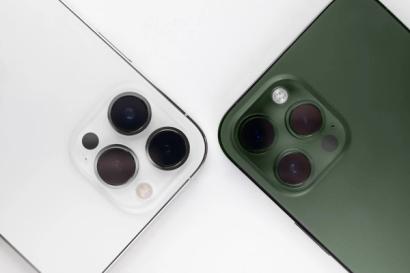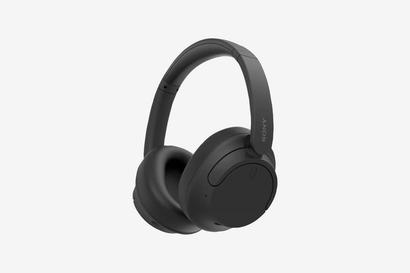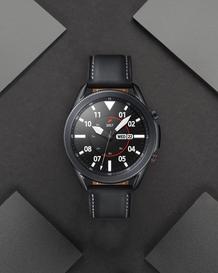
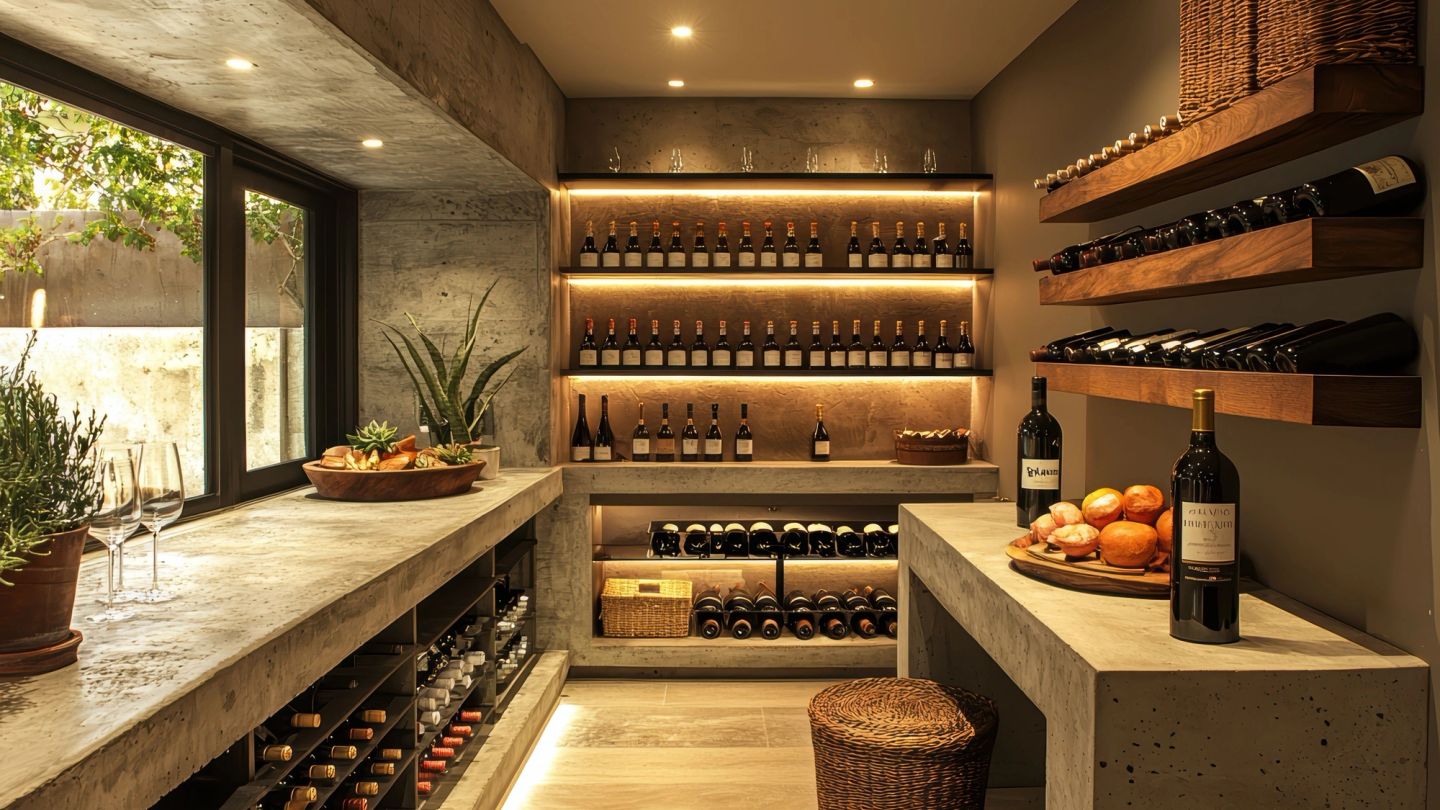
Master the art of building an impressive wine cellar
Expert tips to stock, replenish and perfect your collection. The expert team at Cult Wines reveals how to refresh and future-proof your wine collection this autumn.
- Words: Gentleman's Journal
Summer is a season of excess. Between long, languorous lunches, evening soirées and elaborate dinners on deck, many a carefully curated wine cellar will have been happily raided come September. But with the arrival of autumn comes the urge to replenish: to restock fridges, refresh racks and plan for the seasons and years ahead. Just as one rotates their wardrobe, swapping out linens for wool, so should wine collectors use this transitional time for dressing their cellars anew.
“Autumn is a particularly good time to refresh one’s cellar,” says Aarash Ghatineh, who is chief revenue officer at Cult Wines. “This is because the fine wine market is offering many interesting opportunities, especially if you’re looking to collect or enjoy older wines that are at their best to drink.”
The change in season also generates a shift in appetites. “Cooler weather and the comfort factor tend to favour bigger, fuller-bodied wines,” explains Ghatineh. “And we see the return of dinner parties, so seasonal food and wine pairings will be a focus once again.” So, where to begin?
Drink now: Seasonal pleasures
For immediate gratification, mature Bordeaux is drinking beautifully. “Mature vintages of Bordeaux, particularly the 1990s, are in a great spot,” says Cult Wines co-founder and CEO Tom Gearing. He notes that aspirational names like Château Beau-Séjour Bécot, Château Berliquet and Château Haut-Batailley can be found at remarkably fair prices, £25 to £35 per bottle: pedigree wines for weekday indulgence. “They are extremely well crafted with a modern style,” he says, “and are drinking well over the next few months.”
He continues: “Top tip — for older bottles with fragile corks, consider investing in a Durand corkscrew, which combines an Ah-So and a traditional worm to remove corks cleanly without breaking them.”
Autumn also favours Rioja, particularly the 2011 vintage, as well as aged gems from the 1990s and 2000s. “La Rioja Alta Gran Reserva 904 1997, for example, can be bought for under £60 a bottle,” explains Gearing. “With almost 30 years of age, it’s a great example of maturity, quality and price point.”
Burgundy, too, comes into focus as the new season begins. The 2012s are supple and drinkable now, while the celebrated 2019s are “open, expressive and approachable”, according to Gearing. He also advises opting for seasonal game meats to pair with younger, riper Burgundy, allowing the wine’s acidity to cut through the fat.
And of course, as thoughts inevitably turn to the upcoming festive season, Champagne becomes a cellar essential. But which works best?
“If you want a richer, more opulent style,” says Gearing, “we recommend Champagne by producers Laherte Frères, Cedric Bouchard and Benoît Lahaye.”
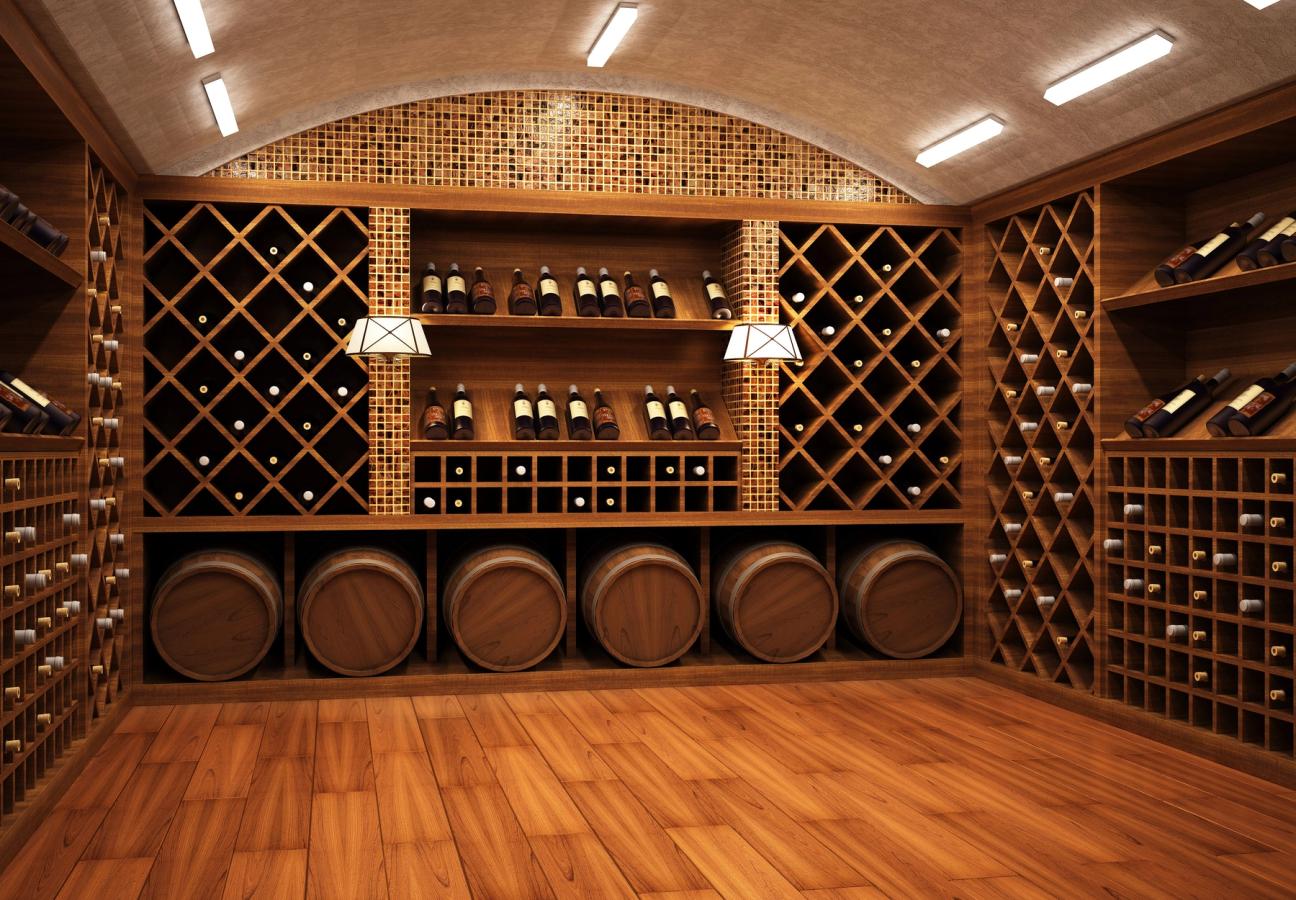
Building a cellar: Diversity, discipline and direction
Hermione Egerton-Smith, senior fine wine buyer at Cult Wines, stresses the importance of a diverse wine cellar.
“A well-structured cellar should cover different regions, producers and styles, with Old World benchmarks such as Bordeaux, Burgundy and Barolo sitting alongside carefully chosen New World names from places like California, Australia and Chile,” she says. “Chile is an exciting region right now, with Seña 2018 being among the top 10 most traded wines so far this year. This gives balance, resilience from an investment perspective and a broader view of what fine wine can offer.”
She also champions a tiered approach: combining blue-chip names for long-term value with wines at more accessible levels, which “give you a chance to explore producers’ styles more fully and make sure there is always something ready to enjoy while other bottles mature”.
“One of the biggest mistakes that wine collectors make is focusing their collections too narrowly,” Egerton-Smith goes on to explain. “A cellar built around just one region or producer can leave you exposed from both an investment and an enjoyment perspective. Diversity really matters.
“Taking expert advice is a key step in any successful wine-collecting journey,” she adds. “Cult Wines helps investors build fine-wine portfolios that balance long-term growth potential with unique experiential benefits.
“CultX, our new sister platform and app, gives collectors direct access to a marketplace of fine wines without the usual minimum investment, whether for immediate enjoyment, home cellaring, or building a digital portfolio securely and optimally stored in our bonded warehouse. All from the convenience of your phone.'“
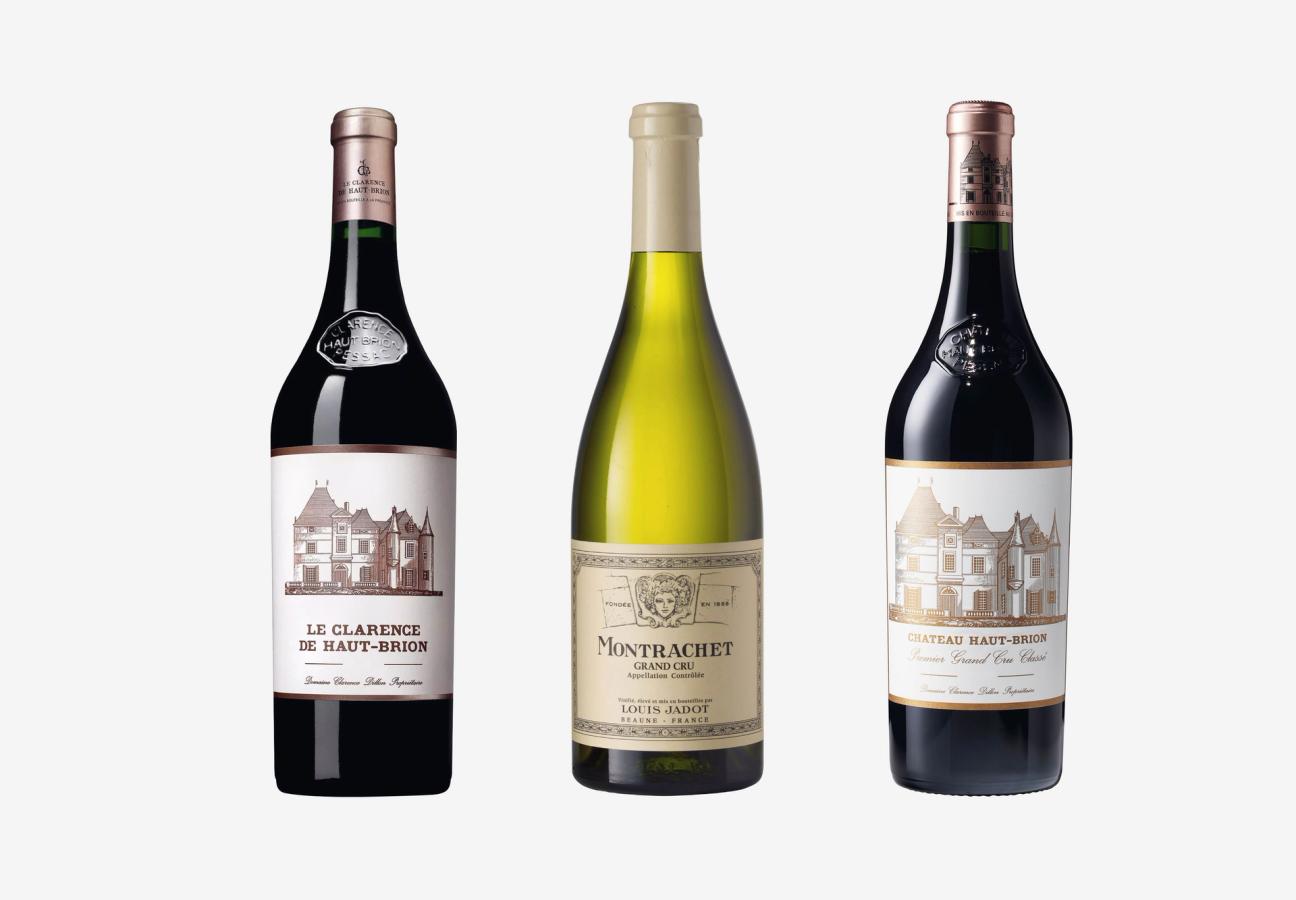
Looking ahead: Investment opportunities
Autumn 2025 is also a particularly savvy moment for investors. “Wine prices have fallen on average 30 per cent since the peak of the market at the end of 2022,” says Gearing. “With prices and the market stabilising, there are some great opportunities for long-term investors and collectors to pick up bargains and take advantage of attractive entry points.”
Think Haut-Brion 2021 at under £250, Lafite 2019 at £350, or Rhône icon Château Rayas at £650 down from over £1,000 only a few years ago.
White Burgundy, too, presents excellent value. “With Burgundy currently experiencing a market correction, collectors and investors have a rare opportunity to secure these wines at more attractive entry points,” says Egerton-Smith. And the ultimate pinnacle of white-wine collecting is acquiring a Le Montrachet Grand Cru.
“The Montrachet Grands Crus are the crown jewels of white Burgundy,” says Egerton-Smith. “Their scarcity, critical acclaim and global prestige place them at the very top of fine wine. Each brings a unique dimension to chardonnay, but together they form a complete and unmatched expression of what great white wine can be.”
